Exploring Cebu’s Hidden Heritage: A Tour of the Jesuit House Museum
15 comments
"A people without the knowledge of their past history, origin, and culture is like a tree without roots." – Marcus Garvey
The Jesuit House Museum
The Jesuit House Museum is one of Cebu’s oldest museums, believed to have been built in 1730 and located in Parian, Cebu City.
This historic house served as a home for the Jesuits, also known as the ''Society of Jesus'' when they arrived in the Philippines in 1521. Following a mandate from Rome, their mission was to teach the gospel, provide education, conduct research, and study culture. Since education was their priority, they established the first university in the Philippines, the Colegio de Manila or Colegio de San Ignacio, named after St. Ignatius of Loyola, founder of the Society of Jesus. The college formally opened in 1595 during the Spanish regime. In the same year, the Jesuits arrived in Cebu under the leadership of Antonio Sedeno and established the Colegio de San Ildefonso, now known as the University of San Carlos. The Jesuits have had a significant influence on Filipinos, both historically and up to the present day.
When we arrived, it was hard to recognize the place as a museum because the entrance was surrounded by heavy metal and welding equipment. In the 1960s, the Sy family bought the house for business purposes without knowing of its historical significance. Eventually, a member of the Sy family, who was studying at Colegio de Manila, discovered that their property in Cebu had once belonged to the Jesuits. This discovery led them to open it as a public museum in 2008.
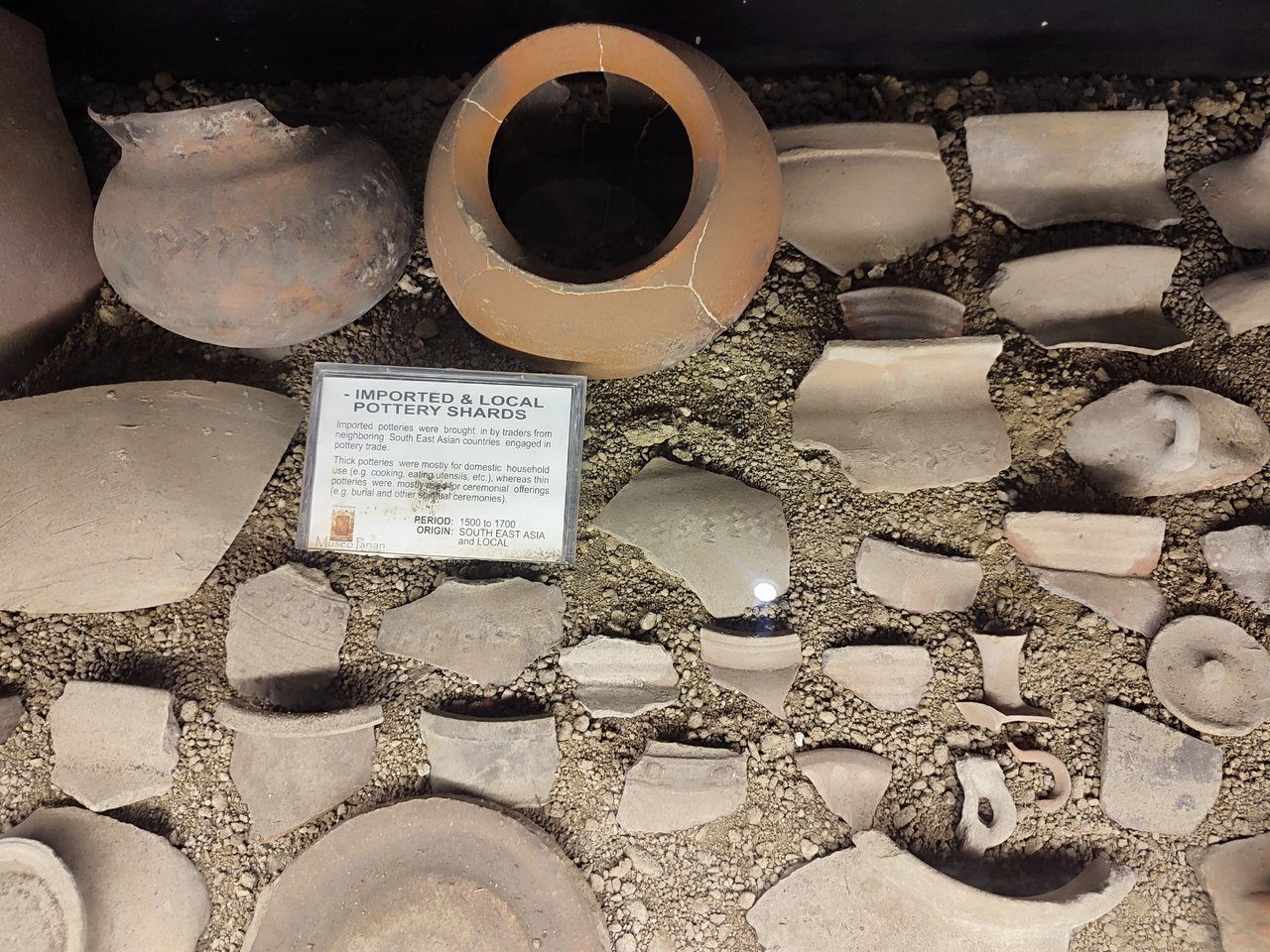
The house is a two-story building. On the ground floor, you’ll find artifacts that were accidentally excavated during repairs on parts of the house.
There are also dioramas that showcase what Parian sa Sugbu looked like during the Spanish era. We can also see their main form of transportation during that time, which was through tartanillas or horse carriages.
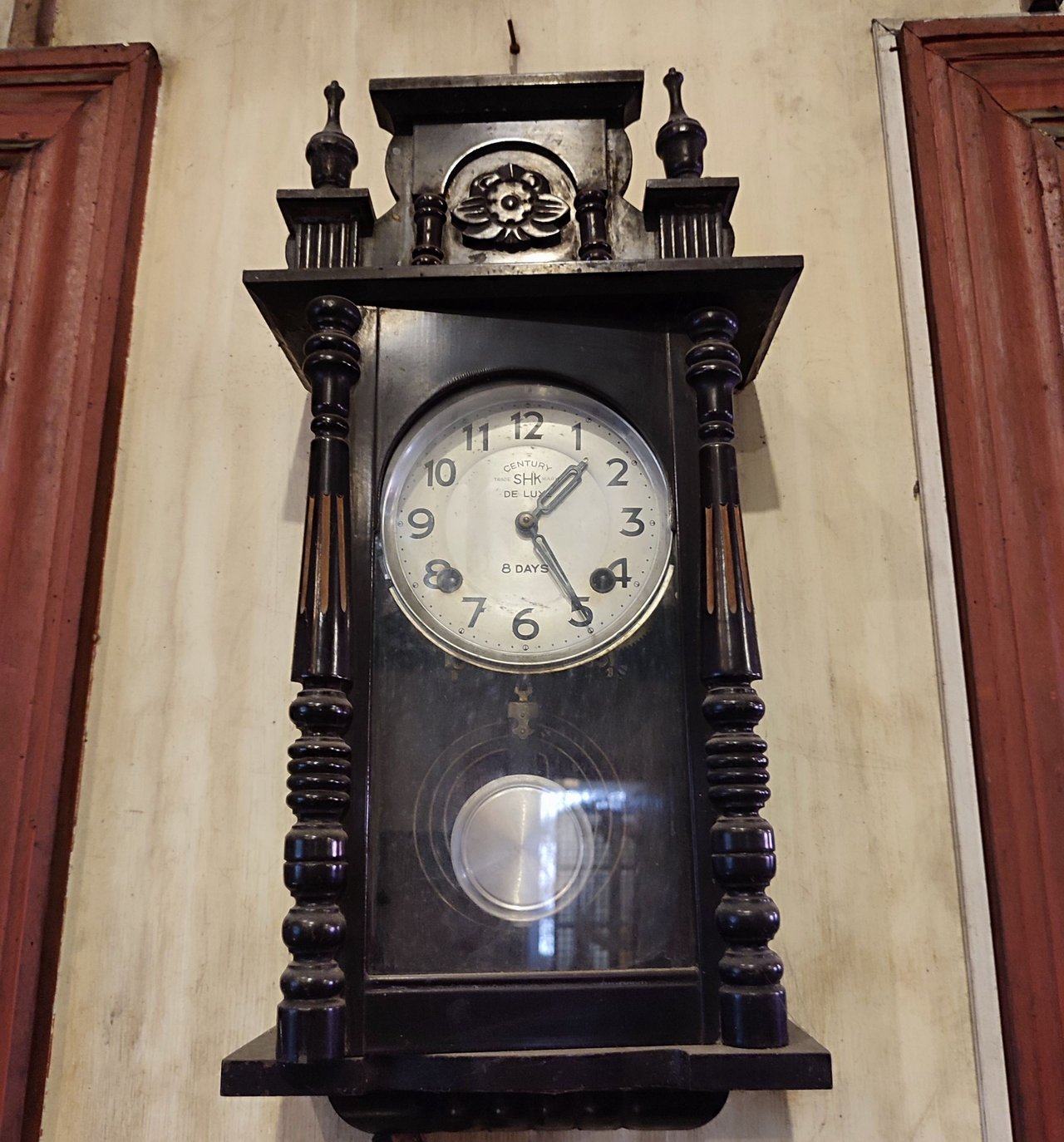
On the second floor, you’ll find various antique items, including a jukebox, clock, mirrors, bed, dining table, vintage TV, radio, film camera, and old wooden chairs. This floor also displays picture frames of the current owners, the Sy family, as well as the previous owners, the Alvarez family. The dining area, which was once used as a watchtower, was later converted into the Alvarez family’s dining room.
Shown in the picture is what they called ‘’ah tay bed,’’ a vintage piece of furniture designed by the Chinese artisan Ah Tay.
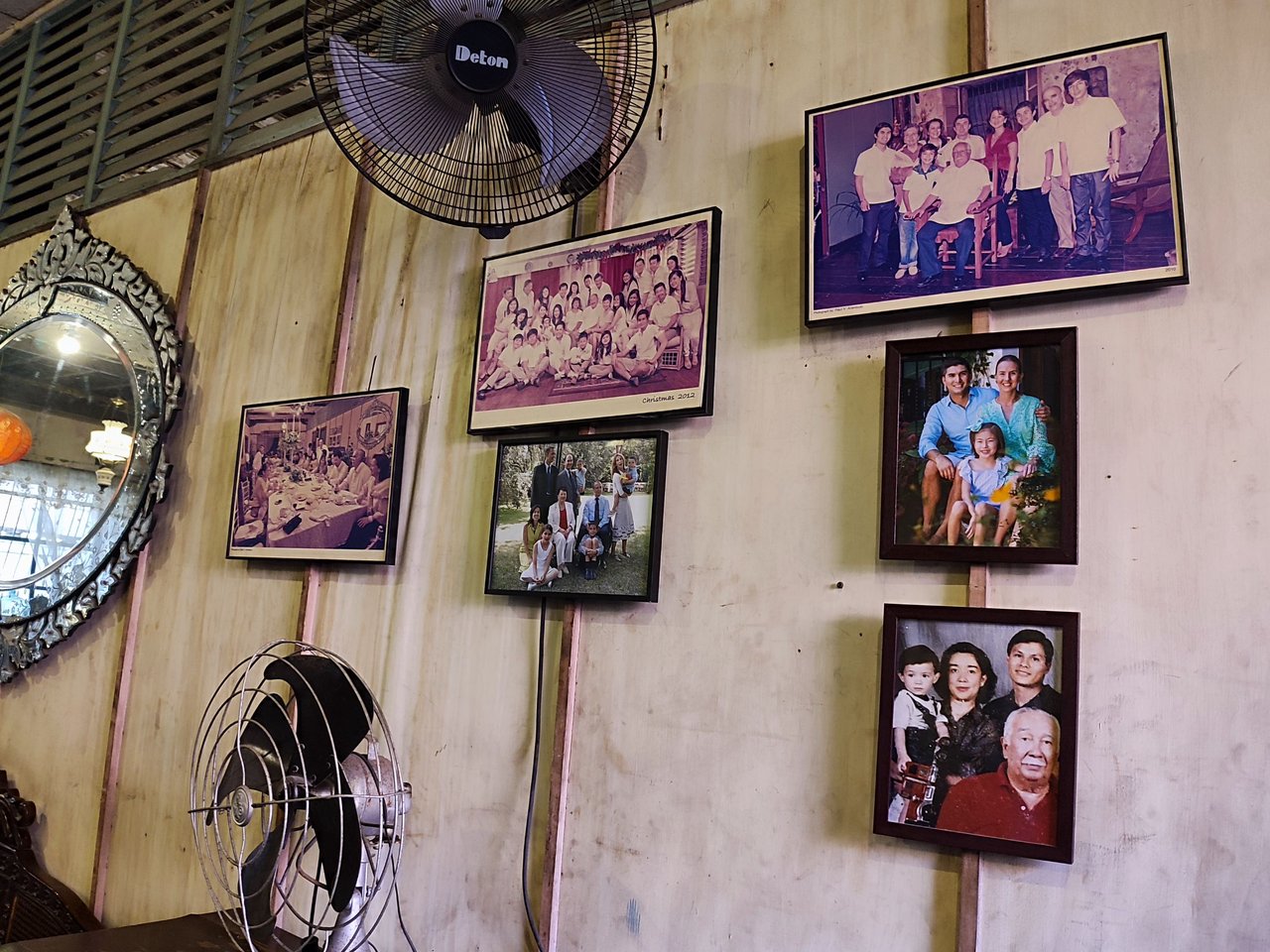
The museum is also filled with religious statues, vintage items, paintings, and old photos of Cebu. However, some of the vintage furniture pieces were not originally owned by the Jesuits; they are part of the Sy family’s collection, with some items donated by the University of San Carlos.
Visiting Jesuit house museum was like stepping back in time. It is a place where not only historical artifacts are preserved but also a place where history is celebrated. If youre looking for a museum to visit here in cebu, I highly recommend this museum. With an entrance fee of only PHP 50 (about $1), you can experience the nostalgia of history firsthand.
Thank you for reading my blog! I hope you gained valuable insights from the history of the Jesuit House Museum.
Have a great day ahead!!!
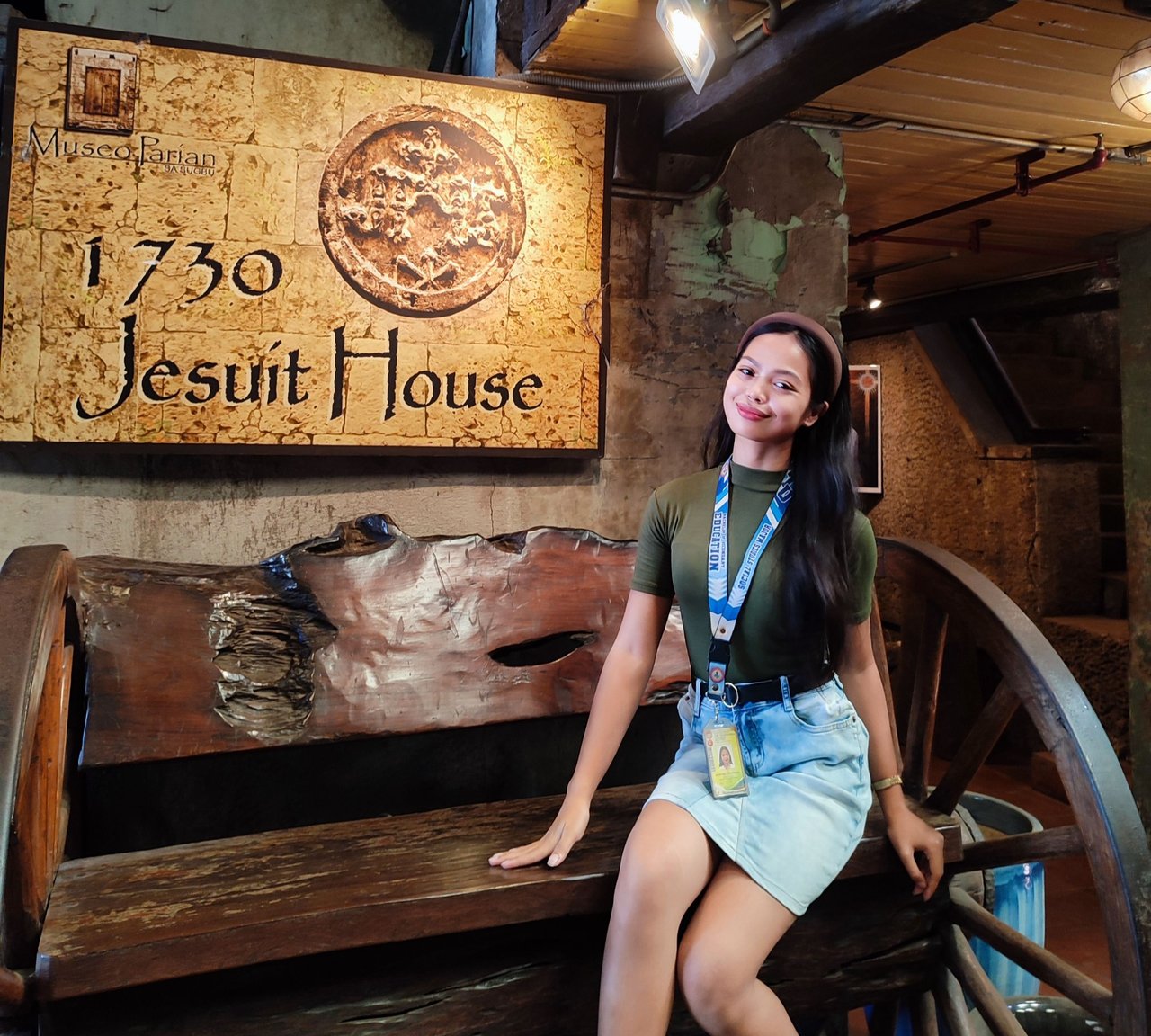
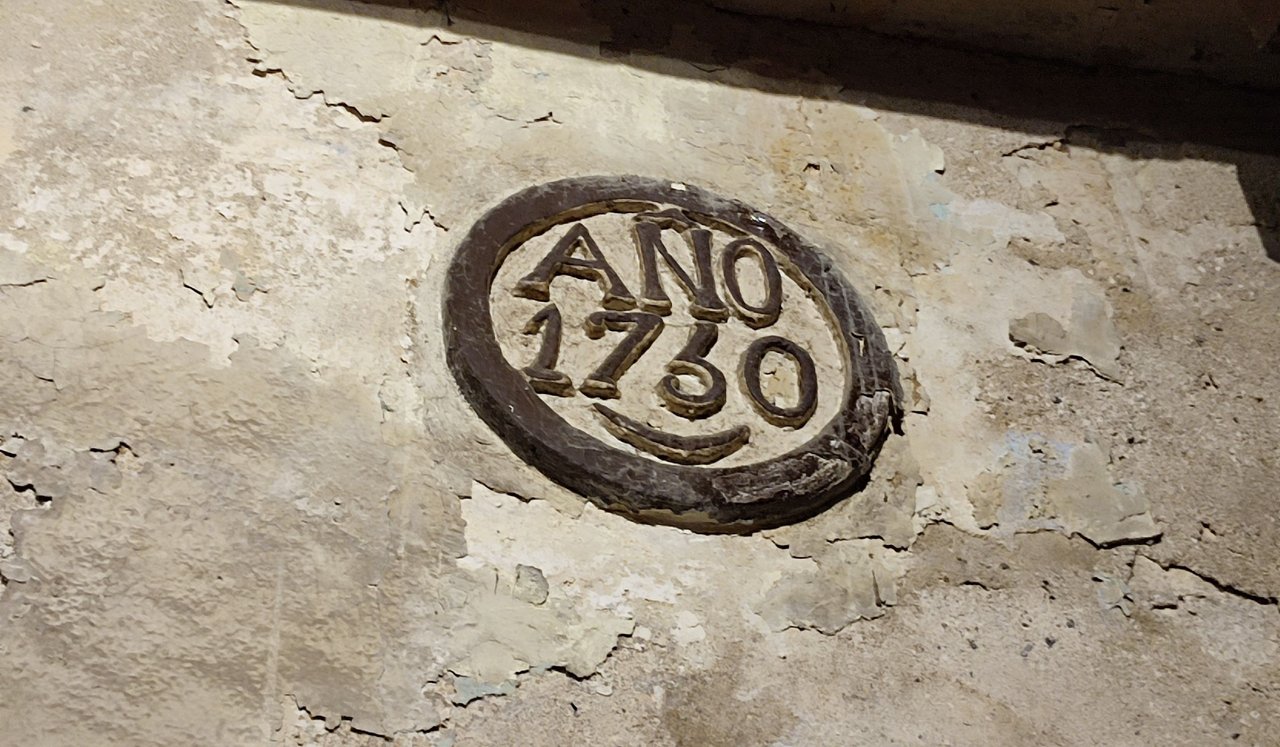
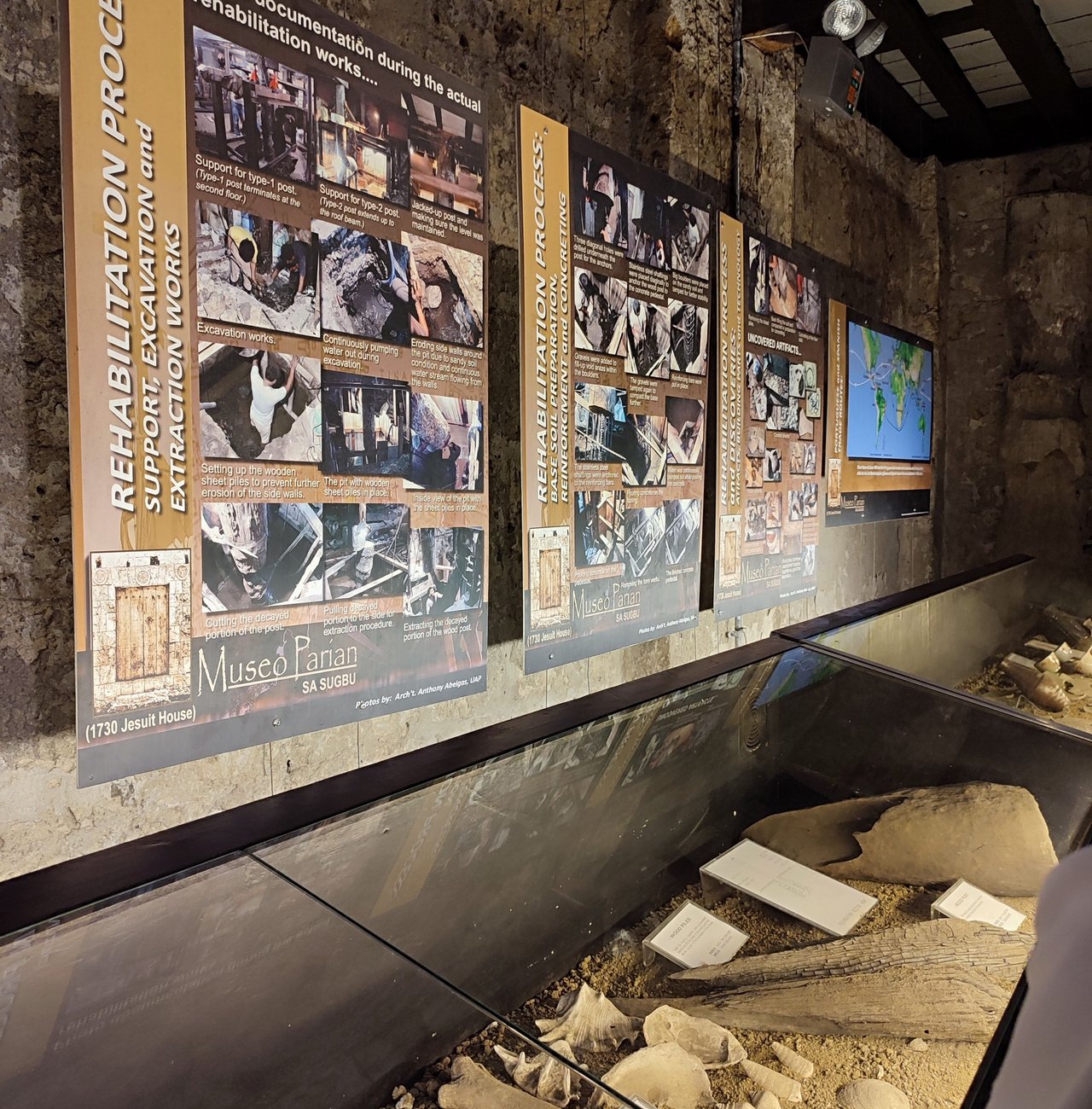
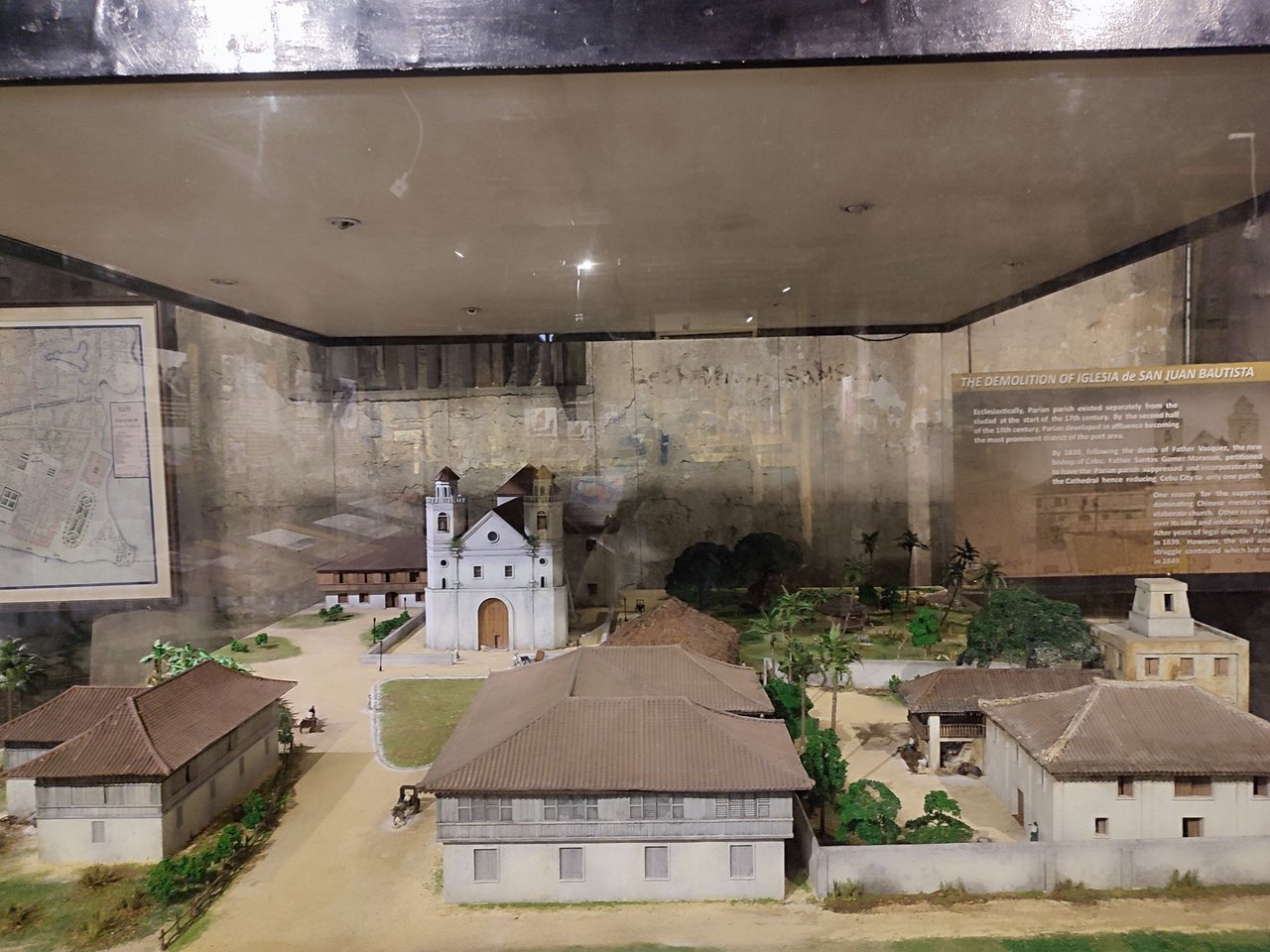
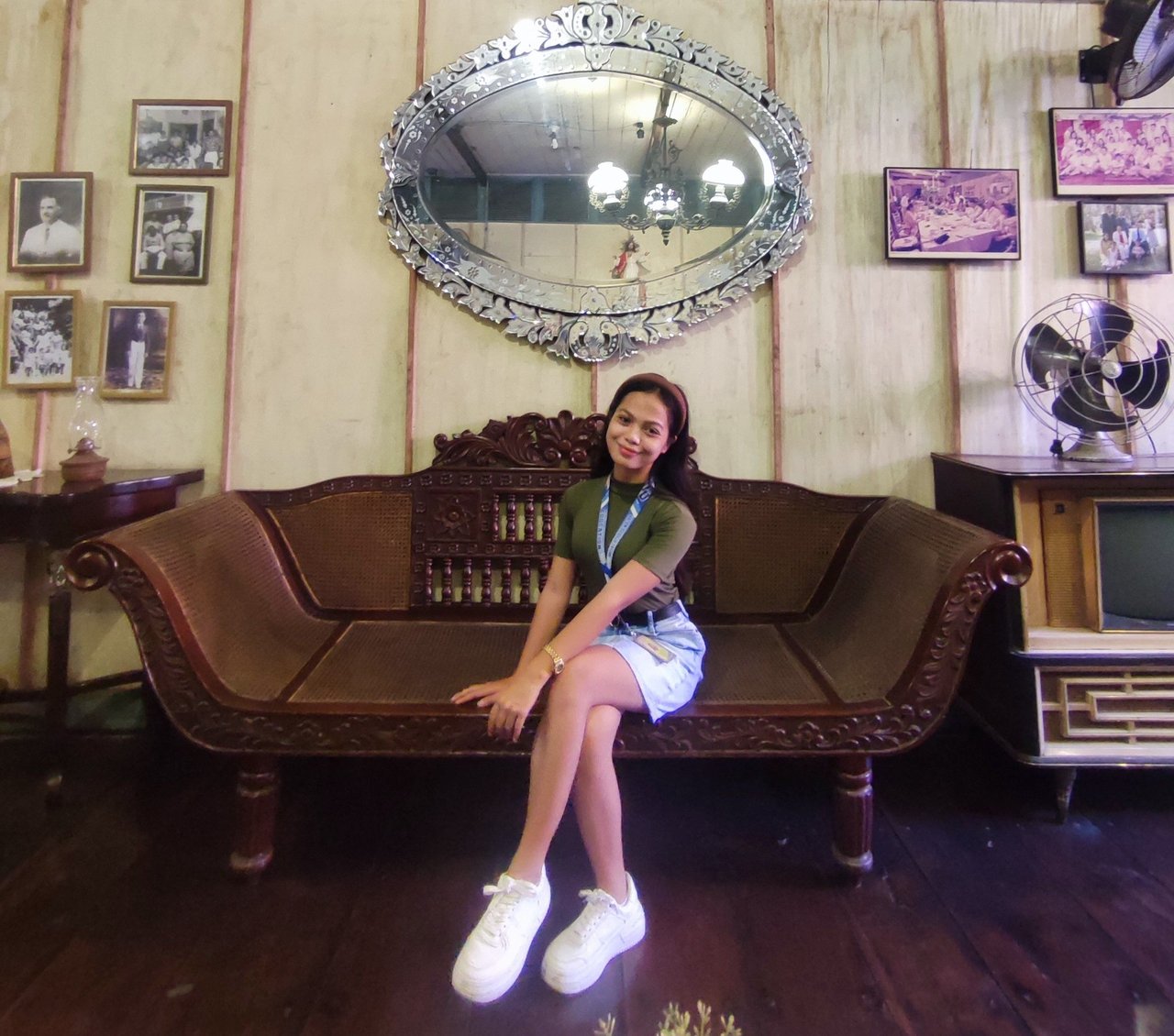

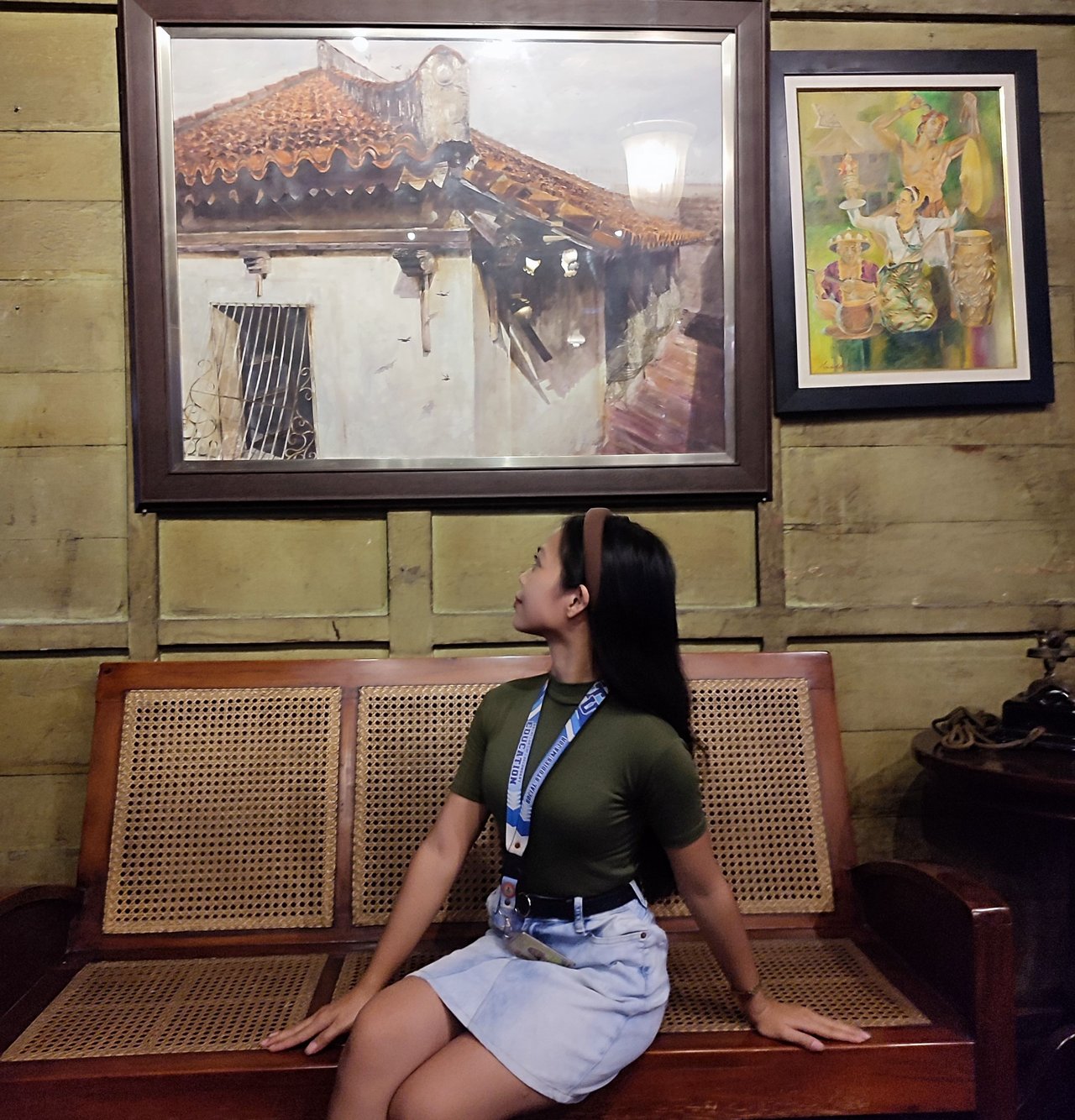
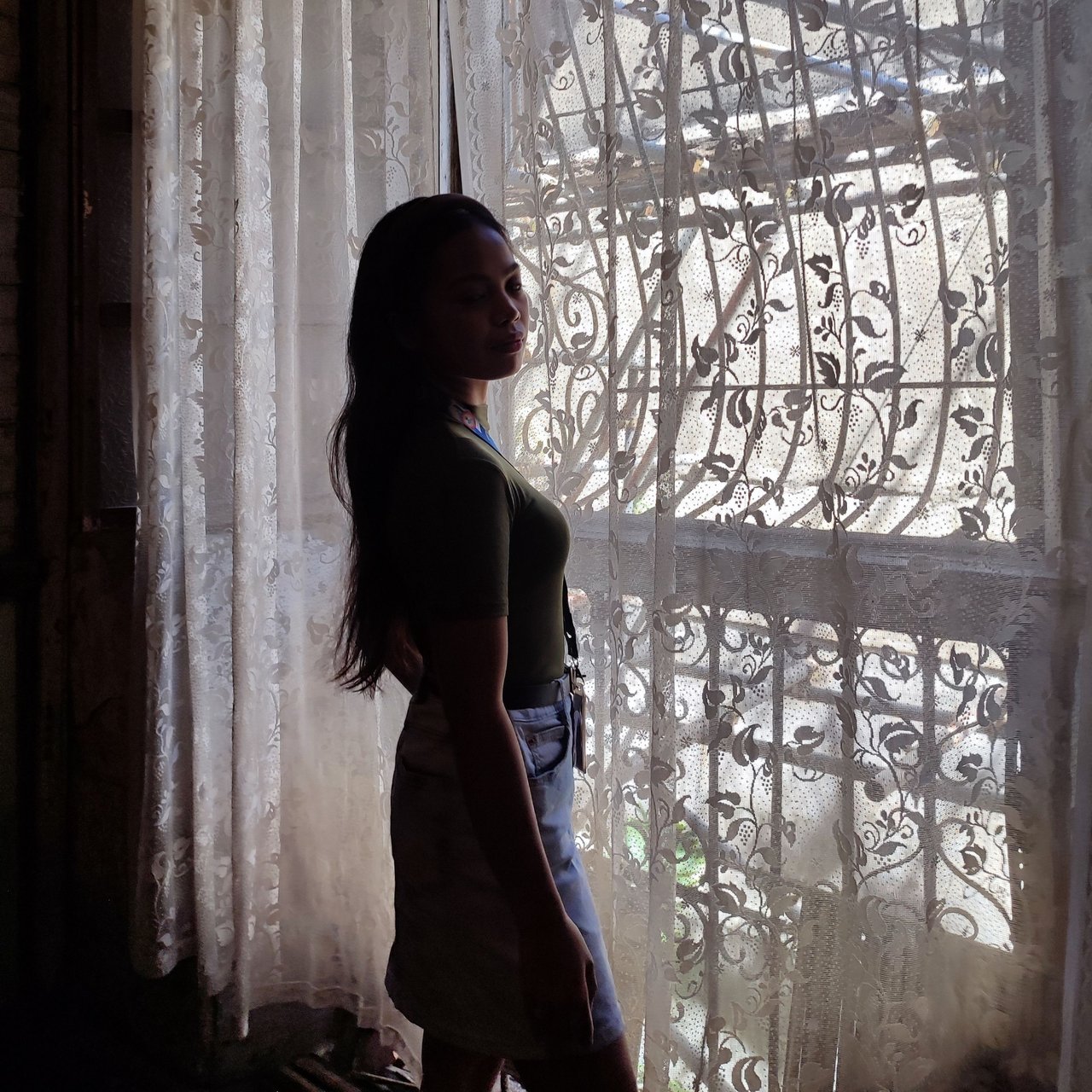
Comments